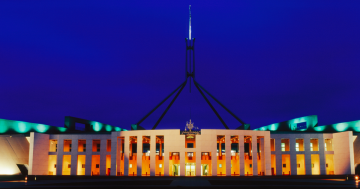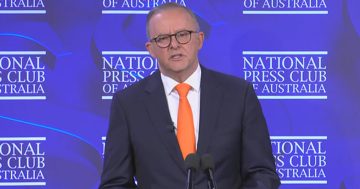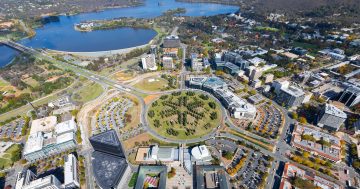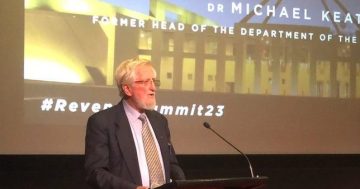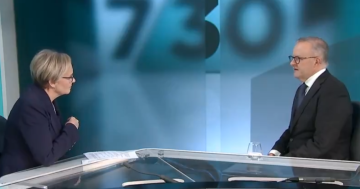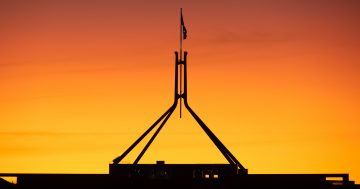Ben Phillips* says the $243 billion ‘saving’ from axing the Stage 3 tax cut is more mirage than reality.
 What if we could save A$243 billion by abolishing the Stage 3 tax cuts?
What if we could save A$243 billion by abolishing the Stage 3 tax cuts?
An article in Guardian Australia says we could spend it on all kinds of things, from pay rises for aged care workers to electrifying homes.
But the money probably wouldn’t be there – not most of it.
The Parliamentary Budget Office came up with the figure of $243 billion in response to a request from Greens Leader Adam Bandt to total the revenue the cuts would cost in their first nine years, which begin in July 2024.
The PBO used a standard, and, on face of it, an unexceptional assumption – that the cost would be the revenue that was lost in each year compared to what would have been raised if tax scales hadn’t been adjusted – for the entire decade.
Cost, but compared to what?
To recap, Stage 3 cuts the rate that applies to incomes over $45,000 from 32.5 cents in the dollar to 30 cents then extends that 30 cent rate all the way up to $200,000, abolishing an entire rung of the tax ladder.
The problem with the PBO’s assumption is that the alternative is unlikely to be borne out in reality.
Whenever incomes climb (The PBO assumes about 45 per cent growth in incomes over the next 10 years) the tax scales are typically adjusted to stop more income going into higher tax brackets – so-called bracket creep.
The graph below shows what would happen to the average tax rate in the absence of an adjustment over the next decade.
It would climb from 17.9 per cent to 20.1 per cent of household income.
With the Stage 3 cuts, average rates would at first fall to 17 per cent, and then increase, climbing beyond current rates in 2028 as bracket creep reasserted itself.
This suggests the “cuts” aren’t much of cuts at all, certainly not long-lasting ones.
It is difficult to both claim that the cuts will cost the budget A$243 billion by 2032 and that they will allow the average tax take to climb.
It means axing the cuts would produce less of a honeypot than might be thought.
While the PBO prepared its costing in accordance with standard practice, a more realistic costing of the Stage 3 cuts would have compared them to the sort of tax adjustments we could have expected without them.
Winners and losers
The Stage 3 tax cuts will be regressive, meaning they will cut the rates faced by high earners more than the rates faced by low earners.
My calculations suggest that in the first year they will cut the tax paid by the highest-earning fifth of households by 2.1 percentage points, leaving the tax paid by other households little changed.
And they will certainly will cost the budget money – leaving less money for services of the kind that mostly benefit lower income households – although nowhere near as much as the $243 billion quoted.
But the cost will be temporary.
The effect on inequality will be longer-lasting.
*Ben Phillips, Associate Professor, Centre for Social Research and Methods, Director, Centre for Economic Policy Research (CEPR), Australian National University.
This article first appeared at theconversation.com.


